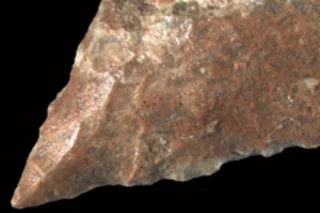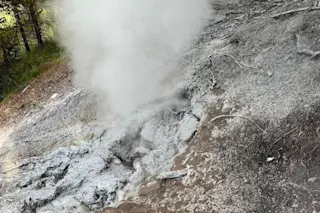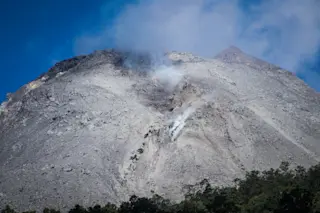A bountiful archaeological site in South Africa has given up another discovery showing humans becoming sophisticated tool users. According to a study out in the journal Science, 75,000-year-old artifacts in the Blombos Cave appear to show signs of pressure flaking, a process of finely shaping hard material. Before this, study author Paola Villa says, the oldest evidence of humans using the technique was dated to just 20,000 years ago.
Pressure flaking consists of trimming the edges of a finished tool by pressing with a bone point hard enough to remove thin slices of rock. This process creates the narrow, evenly spaced grooves found on flint tools from Europe’s 20,000-year-old Solutrean culture and prehistoric Native American groups. Wider, more irregular grooves characterize 36 pressure-flaked Blombos tools, which were made from silcrete, Villa says. This rock, a silica-rich material, is of lower quality than flint and requires heating to ready it for ...














